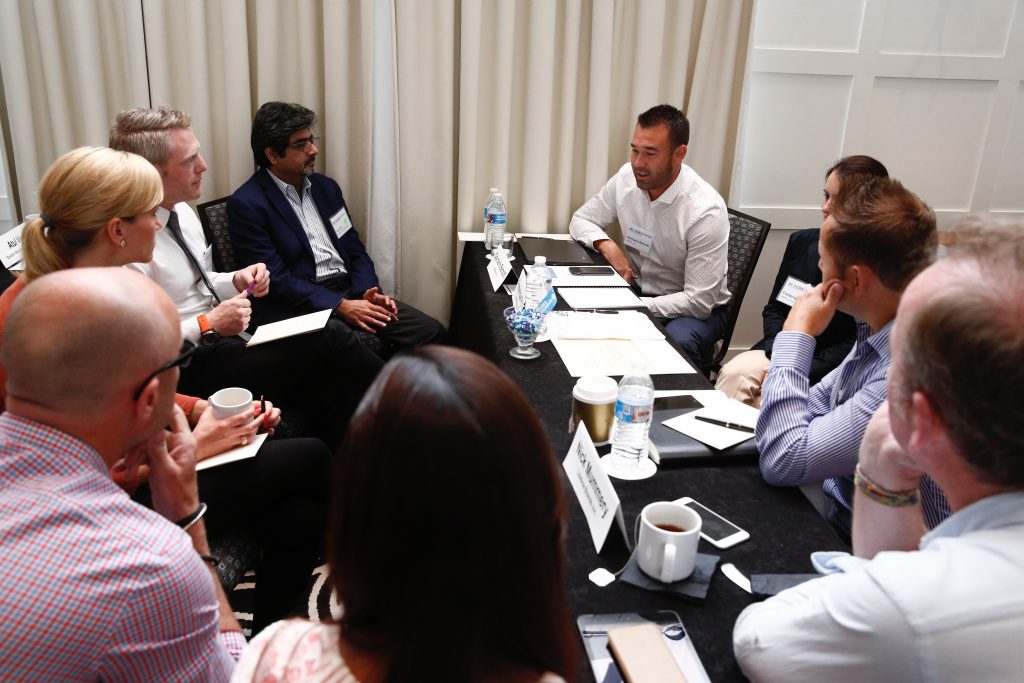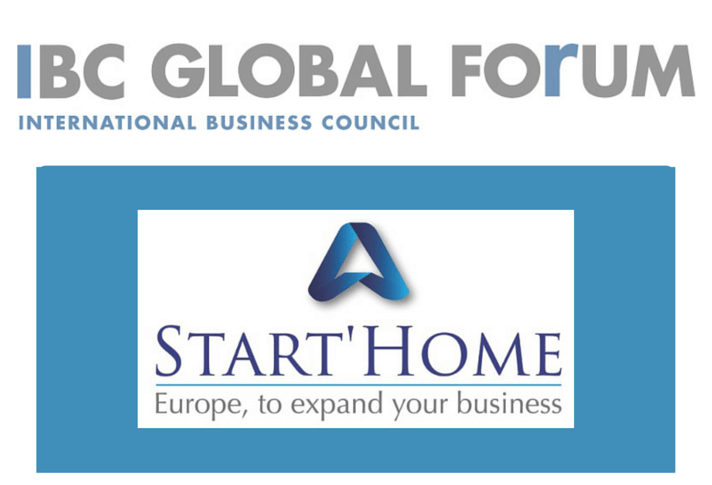This is Part Three of a four part series.
Part One
Part Two
Part Four
Workshop Session Challenges Attendees to Examine Markets
In this interactive portion of the program, attendees were invited to share their questions and perspectives of SWOT (Strengths, Weaknesses, Opportunities and Threats) in doing business in Europe. The four discussion groups joined representatives from a diverse array of companies offering numerous categories of products in many materials. Many suppliers had been selling in Europe for years, others were just beginning. When the general session reconvened, each group’s leader presented key findings on their SWOT analyses.

Summary of SWOT Comments from Discussion Groups
Strengths
- U.S. design and innovation is considered a strength in most markets. Stress this in the product, on packaging and promotion.
- Many European companies have made similar products for many years—your products can inspire retailers to try something different.
- Brand recognition. U.S. brands are well-known internationally and are in demand. If the look and feel of your product are U.S. – specific and if the models or props shown on packaging look as if from the U.S., appearance and presentation could be a benefit for some customers.
- The U.S. flag symbol on a product carries weight—it is considered a trusted source. U.S. -made products are considered reliable and fine quality. If you own the category in the U.S. market of 360 million people, use that heritage and history for your advantage.
- Regulatory compliance. If you are doing business in U.S. and are California Prop 65-compliant, this gives you a heightened awareness and advantage for European regulations. Use this knowledge for packaging and for product labels.
- If you do business with large retailers, such as Walmart, and your products meet their standard and testing requirements, convey that advantage.
- Quality control is very important and sometime overlooked. Test in China at the factory level and in the U.S. as products arrive. Take that risk from our customers.
Weaknesses
- General lack of knowledge. U.S. customer business practices and consumer lifestyles are not the same in other countries.
- Young brands facing competitors with 200-year history.
- U.S. companies manufacturing in China cannot control factory loyalties.
- Packaging: Colloquialisms and phrases on packaging may not be relevant internationally.
- Packaging limits space to tell a story. Be aware that symbols for compliance and usage vary for different countries and will impact your packaging design and messaging.
- Shipping and pack sizes relevant to U.S. retailers’ needs may not meet international preferences, for example, flat pack vs. nested items.
- Consider holidays and seasonality. Understand relevant holidays and seasons in the regions where you will be selling and take advantage of those. For example, learn about the products needed for their “back to school” and religious holiday season practices.
Opportunities
- Europe has 400 million people with disposable income, tap into it.
- Build brand presence, travel to EU and get familiar with the brands.
- Market desire for high quality U.S. made products. EU looks for innovative products
- Create patented innovations
- Exclusivity for major retailers. Customize packaging and labeling for multiple countries
- Consider testing a market with online sales, if you want to sell to a particular retailer and that chain is strong in e-commerce in one country. Marketing ideas can be tested to validate assumptions in a low investment environment because of low volume, varied pricing, imagery and messaging.
- Pay attention to coop marketing: dedicated space at retail, advertising spend, signage.
- Seek out local personalities for local relevance. For example, packaging and promotion of cookware can feature local cuisine and products can be demonstrated by local chefs in stores.
- Retailers reduce overall MOQ and purchase from more vendors
- Ease of border crossing and short distances mean that a brand/product can influence millions of consumers from Amsterdam to Milan.
- A retailer with exposure in multiple countries will be a fine partner to aid with language complexities
Threats
- Direct source can compete with retailer to copy and source locally.
- Private label items can be 85%; branded products play with 15%.
- Product your IP with patents and trademarks in the EU. If you must defend, can you actually stand behind that? Do you have the necessary legal resources?
- Neglecting local relevance. On packaging, models should look like users in the region.
- Distributor relationships: how will you test the waters to go direct? How will you manage that? How will you create value for retailers?
- Large suppliers can offer many products to a buyer and be a one-stop shop.
- Political: will UK pull out of EU; strong dollar
- Price – anybody can go to China and get the same product for lower.
- Difficult to deal with retailer directly
- Legislation hurdles, especially with electrical products. Each country might have different regulations. Requirements for entry more scrutinized
- Fierce competition—every country has its own 100+-year history
- Price pressures –freight and duties are lower for items produced there
- Payment issues—when they receive not when you ship
- Exchange rate fluctuations
- Local competition in each country in our categories
- Some your competitor international companies have offices in EU to collaborate with partners
- Distributor expenses: hard to find one distributor for all of Europe
- MOQ vary widely –use a 3PL (third party logistics company) to reduce minimum order requirements


![]()



